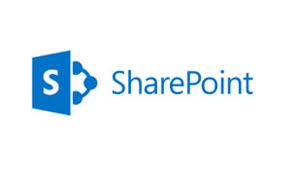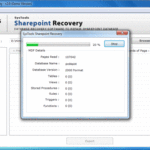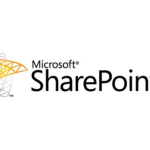Business Centric Overview of SharePoint 2013
SharePoint 2013 has been launched in the market several months ago, but till now the enterprises are not considering it seriously. They are happy with SharePoint 2007, knowing very well that SharePoint 2010 and 2013 are offering much more enhanced and novel features.
While the popularity of SharePoint 2013 is still in question, we can certainly spend some time to consider how this latest version of the platform can change the way we execute new app in our companies.
SharePoint as a platform– You can simply implement it as a team-based collaboration tool. This is the most basic use of SharePoint. However, if you do so, then you are not utilizing its features properly. The first thing that you need to understand is that SharePoint is not a product, rather a platform, and like any other platform, it’s extensible and customizable.
Microsoft has focused on document management, core collaboration and social capabilities to make sure these features reach users as default options, but it actually depends on the partners and other 3rd party app developers to develop applications that improve these basics with more affluent functionality. It’s the applications that make SharePoint 2013 so exciting. The platform now comes with a new flexible licensing model that has revolutionized the end user app distribution process.
Your SharePoint based apps– The new version of SharePoint has modified the way 3rd party vendors can offer applications to you. Thanks to the new cloud app model, applications are now self contained and can provide unique functionalities that either increase or extend the platform’s core functionality.
Overview of the licensing model– The latest framework is optimized for services and offers better application content protection facility. The licensing framework is opt in, but as it offers some great benefits, developers should take advantage of it.
SharePoint 2013 offers a managerial interface for app license supervision. In a specific area, the licenses are downloaded and via this user interface, the app buyer determines how the app will be used, assigns a license to a user/organization or hand over the license management responsibility to someone else.
Remote apps and SharePoint data– Another interesting aspect of the new SharePoint App Model is that remote apps can now maneuver SharePoint information. The app is like a button that works within the platform. The app can be stored in any cloud based solution like Azure and using the OAuth protocol, you can make sure that the app and SharePoint 2013 shares symmetrical keys.
The benefit of this facility is that app developers can now build these cloud hosted SharePoint apps and ensure secure transportation of data across datacenters all over the world.
Author: – Cygnet posses best in class SharePoint capabilities and practices which include SharePoint Application development.






